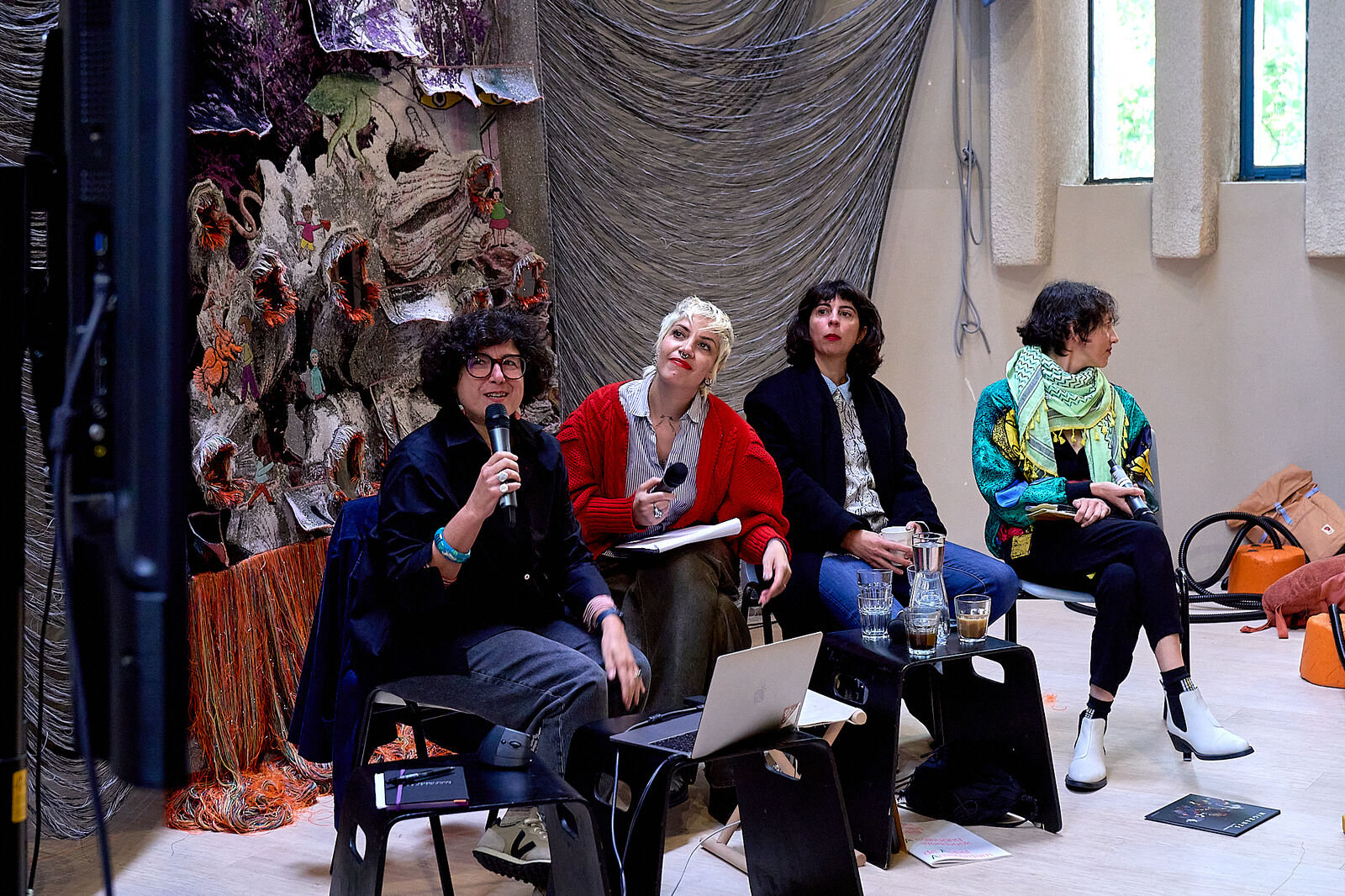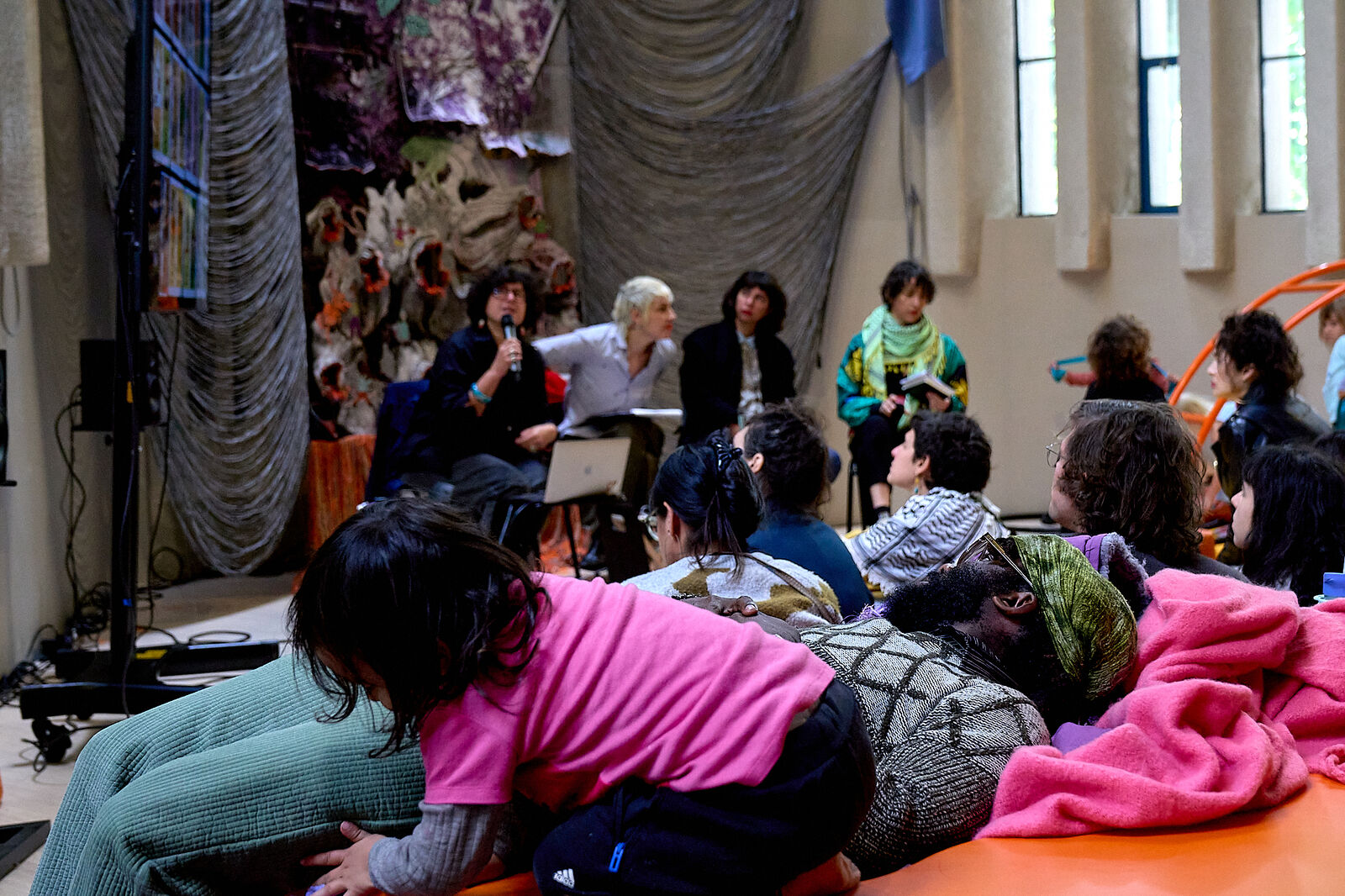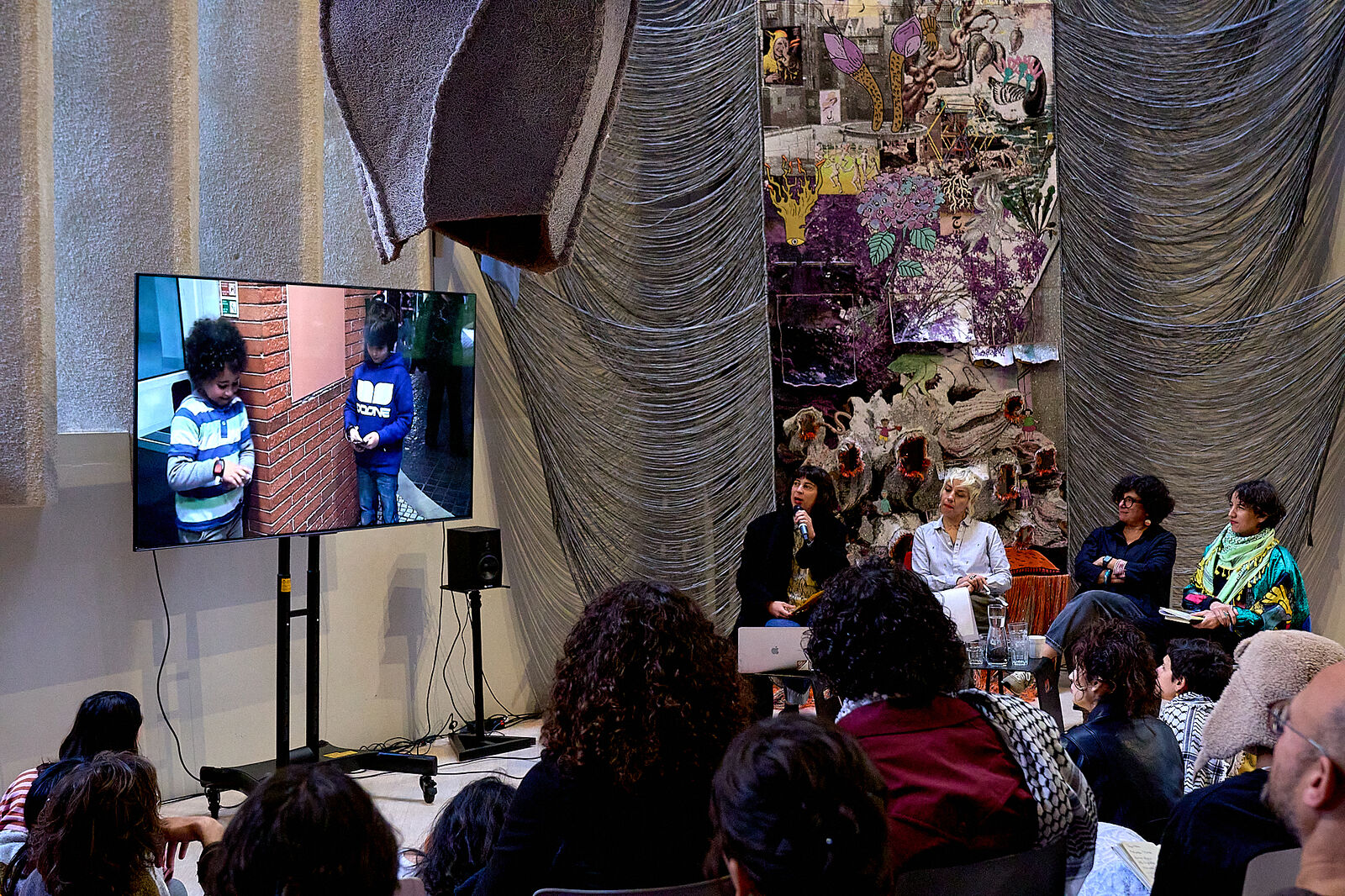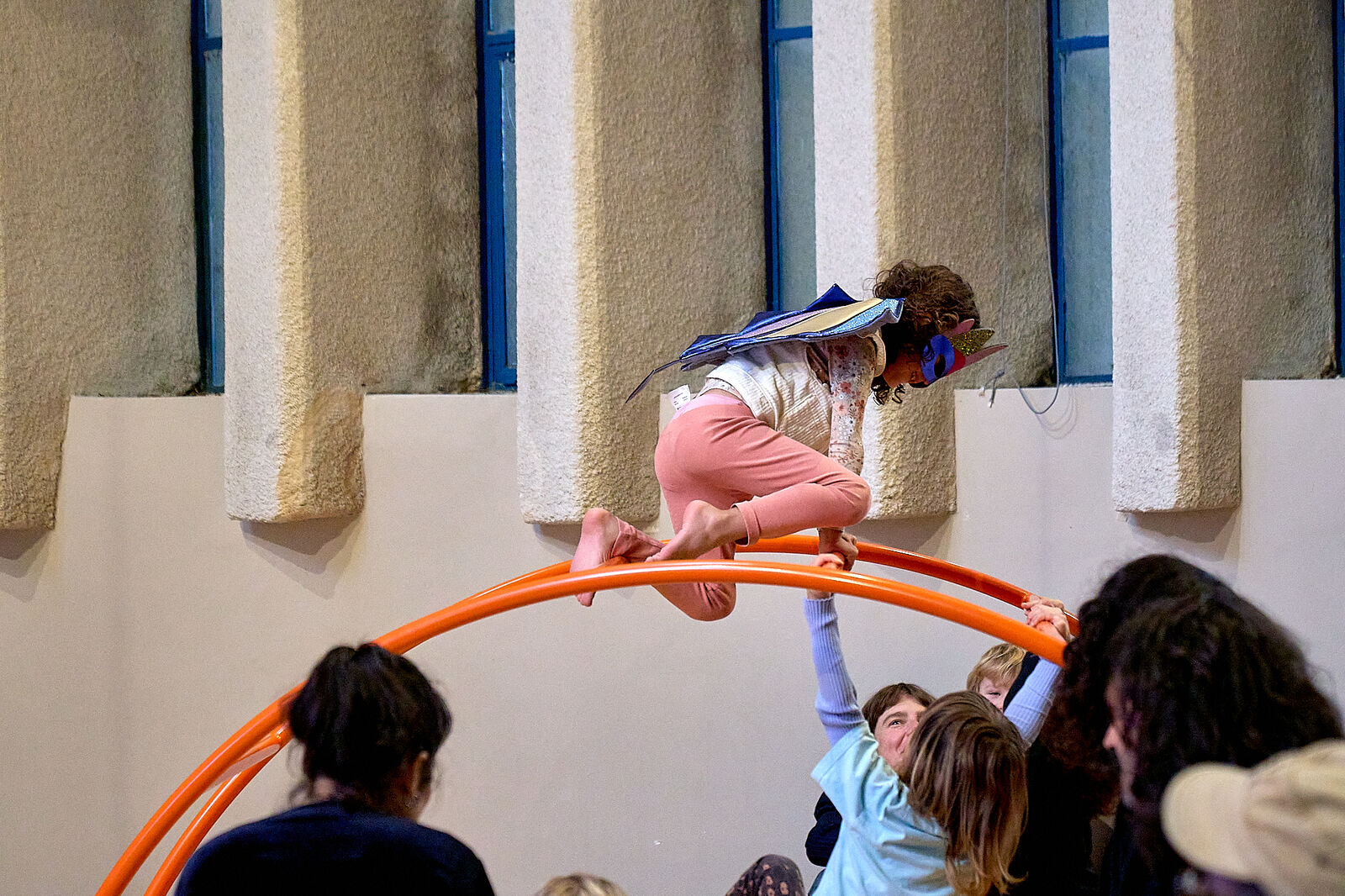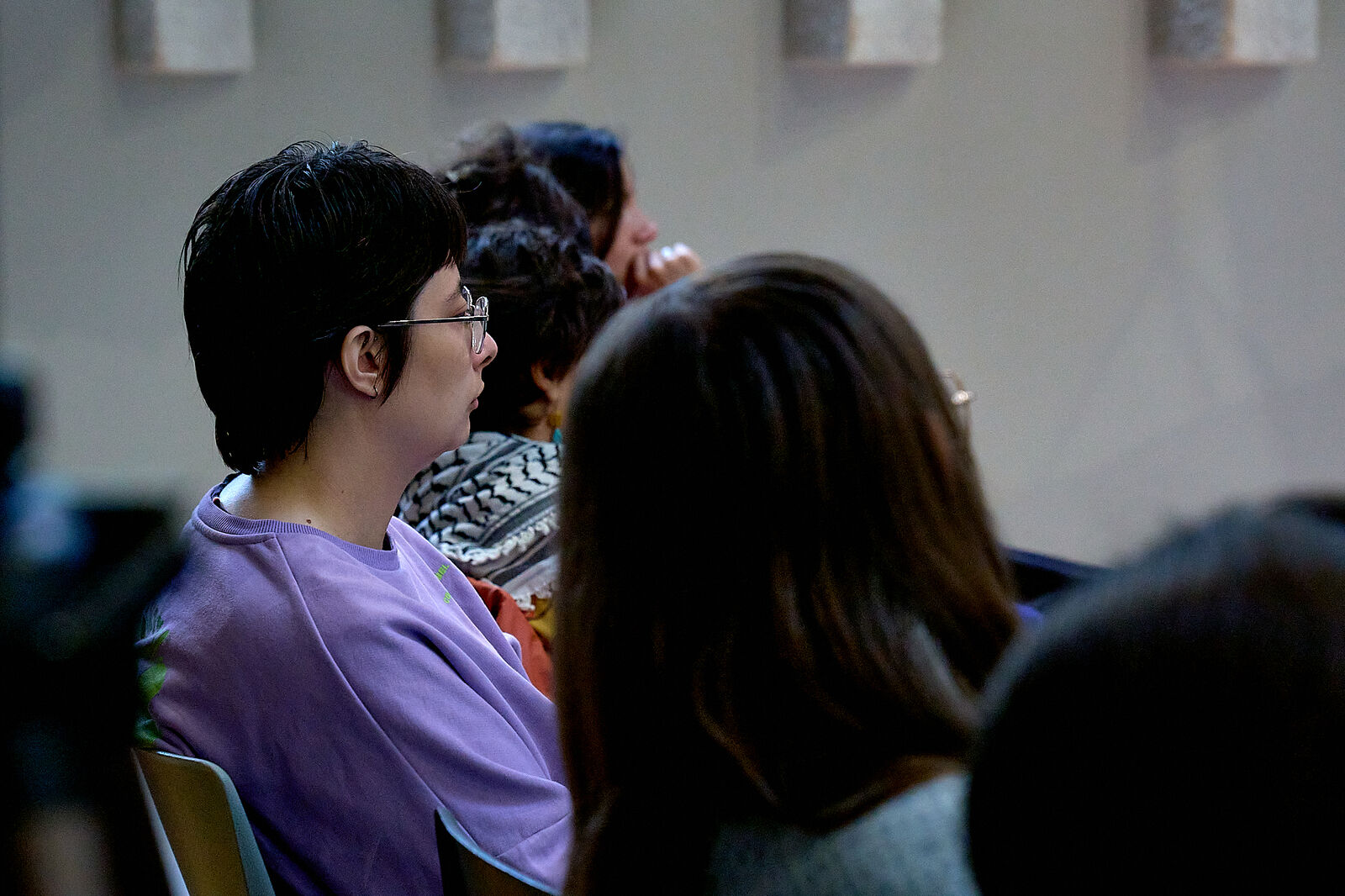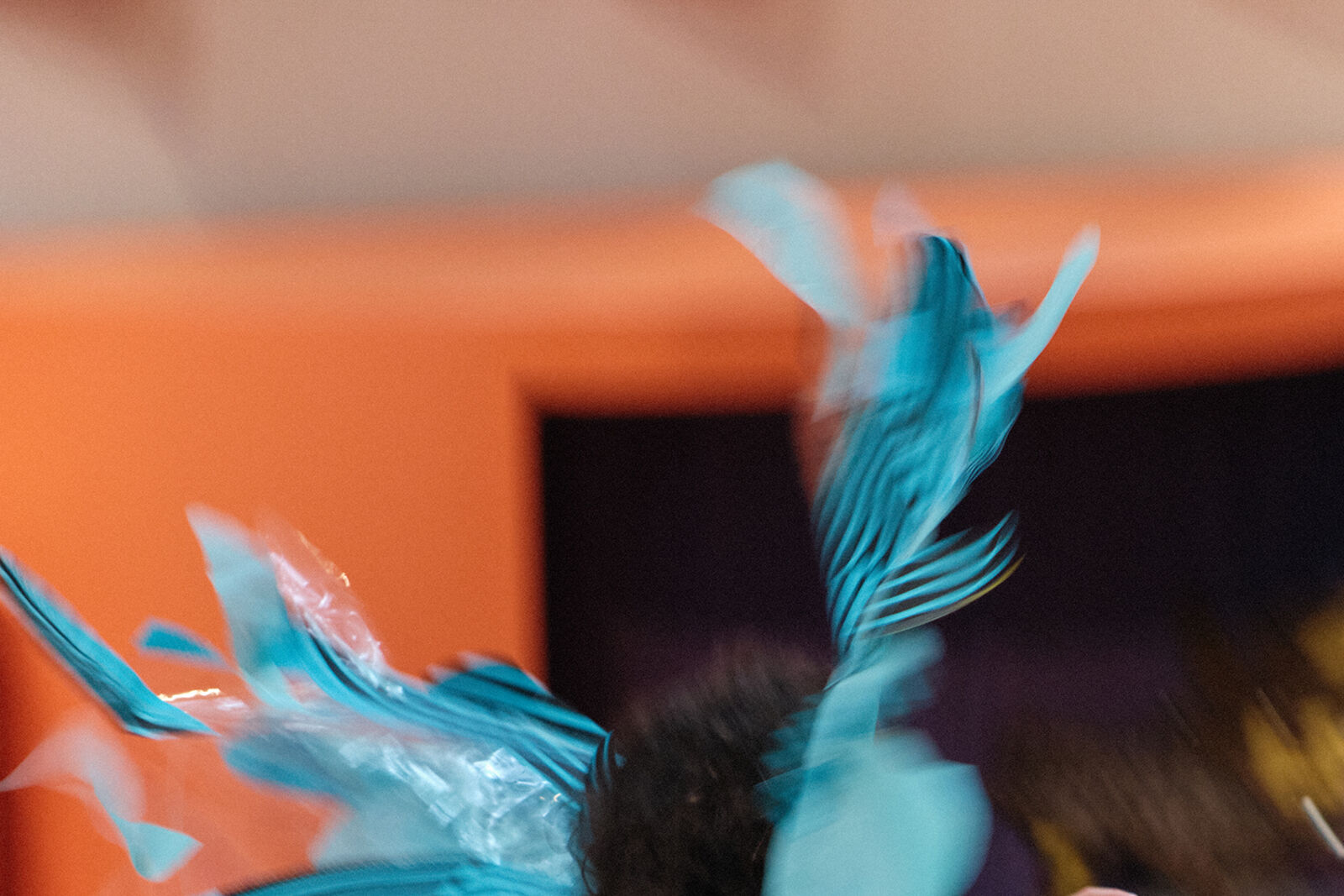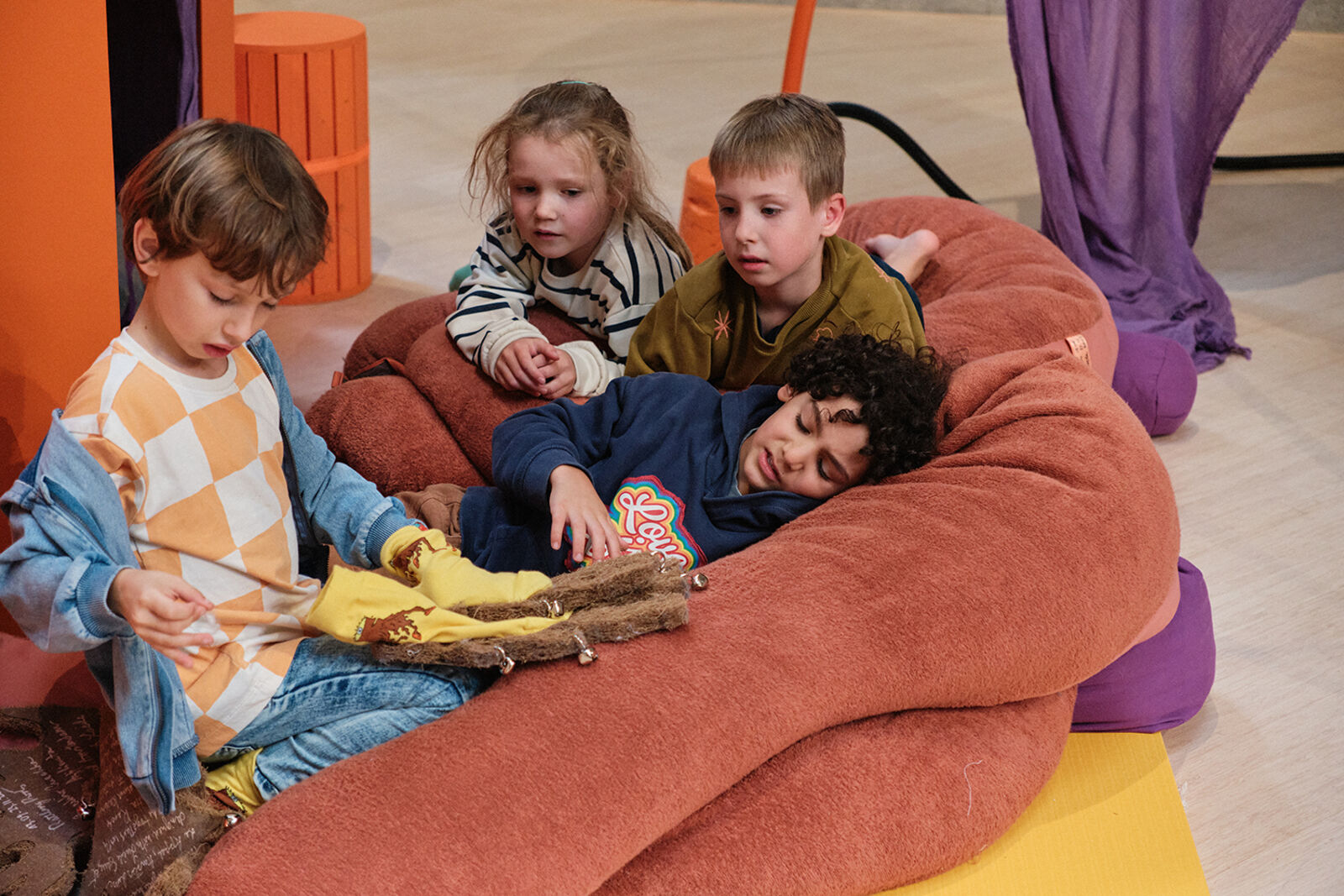The Magic Circle: Playing Outside Time
11:00–17:00
de Appel, Tolstraat 160, Amsterdam
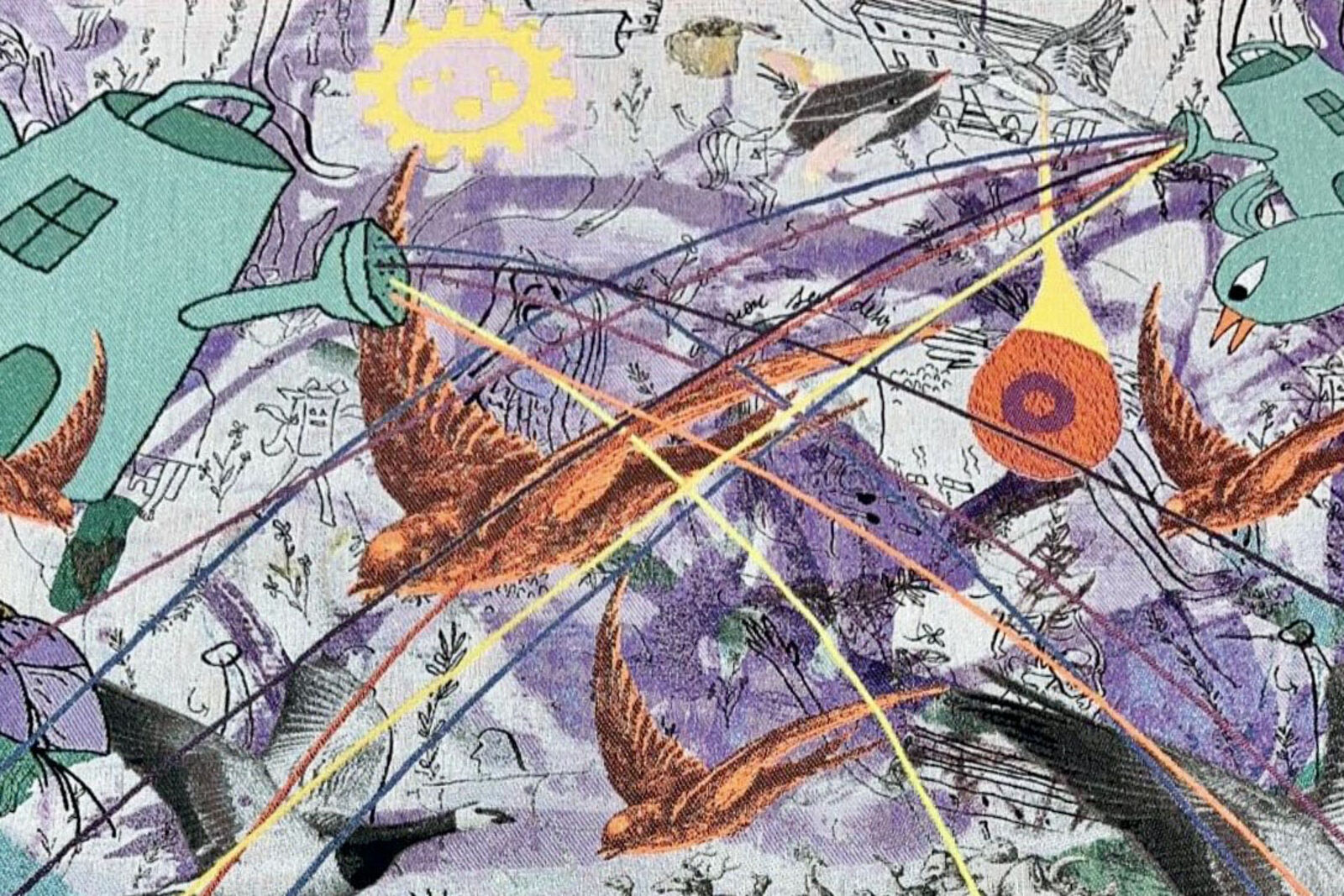
Along with the playshops and activities, de Appel will host a series of talks to accompany the exhibition CaccHho CucchhA. This symposium is geared towards an adult public, but children will also be welcome to be present and play in the exhibition space during the symposium.
Play is not a rehearsal for culture, it is its most elemental form. From the Amsterdam playgrounds of Aldo van Eyck to the subversive laughter of Sutton-Smith’s ambiguity, this symposium proposes a radical repositioning of children not as visitors, but as co-constructors of cultural meaning. What happens when institutions allow for mess, mischief, and multiplicity and when the lines between education, play, and politics dissolve into a space of shared becoming? During the symposium we discuss topics with which we have been engaged with during the process of working on the exhibition CaccHho CucchhA, where we ask questions about play in relation to other aspects of artistic work and urgent topics of our times.
O(o)yster moms
Throughout the symposium, O(o)yster moms will hold two storytelling workshops, for the first session reading from radical children’s literature together with the children and their caretakers in several languages. Including the stories Anarchy explained to children by José Antonio Emmanuel, Migrants by Issa Watanabe and Piccolo Uovo by Francesca Pardi. Then, in the afternoon session, there will be a treasure-hunt-like activity based on the story Cat’s House by Samuil Marshak.
Part 1
Play at Cultural Institutions, with: Penny Wilson, Choi Heong-uk, Daniela Pelegrinelli and Mercedes Azpilicueta
Children’s exhibitions in museums and contemporary art spaces increasingly embrace play not just as entertainment, but as a mode of learning, exploration, and agency. Moving beyond didactic displays or passive viewing, many institutions now design and commission participatory art environments that invite tactile engagement, imaginative storytelling, and co-creation. Play becomes an artistic and curatorial strategy, a way to challenge hierarchies between viewer and artwork, to accommodate multiple intelligences, and to honor children as active participants in cultural production. In this context, play is not peripheral but central to how meaning is generated, encouraging curiosity, negotiation, and critical engagement across ages. How do these exhibitions and concepts of disobedience and play affect and change the cultural institution in general, and how do we not compartmentalise what behavior is acceptable for children and for adults at institutions? what does it mean to take children into consideration in planning exhibitions and programmes in general and how does it change our understanding of cultural labor? What is the role of caregivers and adults in engaging in play in those spaces?
Part 2
Revolution for Kids: How to introduce difficult subjects to children, with: María Berríos, Priscila Fernandes and Zeina Maasri
These contributions invite reflection on how exhibitions and programming for children can thoughtfully engage with difficult and challenging societal issues, such as colonialism, displacement, inequality, climate crisis, or historical trauma, without compromising the integrity of children’s experience. How can writers, curators and artists create spaces that introduce empathy, resilience, and critical thinking, while remaining sensitive to age and emotional capacity? What role can storytelling, play, and interactivity have in mediating complex content in ways that empower rather than overwhelm? And how might children's exhibitions and programmes resist oversimplification, offering layered narratives that respect children's intelligence and lived realities? What are the ethical and imaginative responsibilities of cultural workers and institutions in shaping how young audiences encounter the world around them?
Day schedule
11:00: Introduction by Lara Khaldi and Mercedes Azpilicueta to CacchHo CucchhA and the symposium programme
11:20: Introduction of the panel by Ilga Minjon
11:30: Daniela Pellegrinelli's recorded talk on play
11:40: Presentations by Penny Wilson and Choi Heong-uk of their play practices and discourse
12:30: O(o)yster Moms storytelling workshop for children and caregivers
13:00: Discussion Play at Cultural Institutions with Penny Wilson, Choi Heong-uk, and Mercedes Azpilicueta
13:45: Launch of de Appel Colouring Book with a brief intro by Elke Uitentuis, Tarek and Amare Beauge about their contribution
14:00: Lunch
14:45: Panel and presentations Revolution for Kids with María Berríos, Zeina Maasri, and Priscila Fernandes, moderated by Ilga Minjon
15:45: O(o)yster Moms storytelling workshop for children and caregivers
16:15: Discussion with María Berríos, Zeina Maasri, and Priscila Fernandes
17:00: Rounding off, final questions
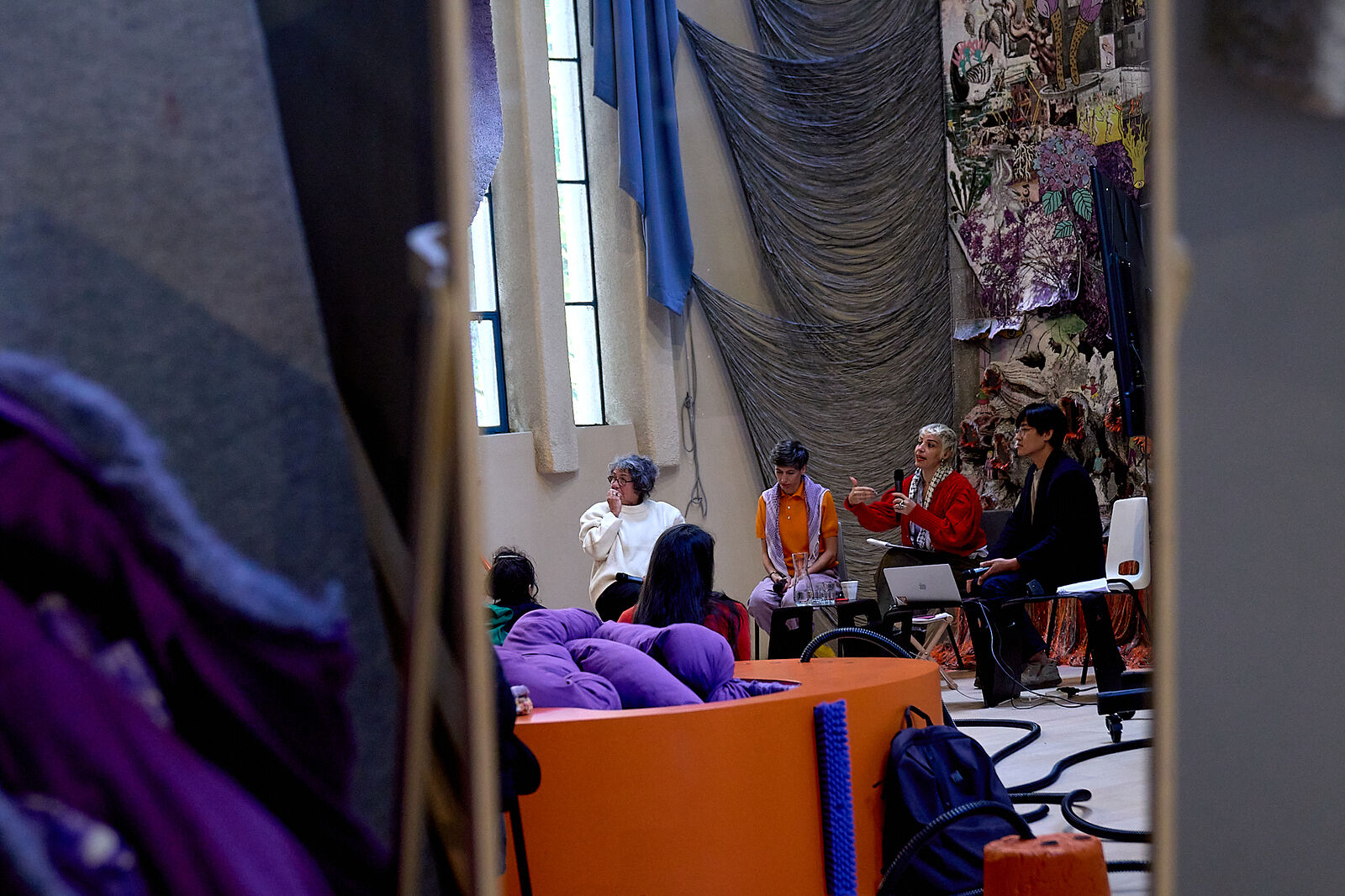
Photos: Sigrún Gyða Sveinsdóttir

